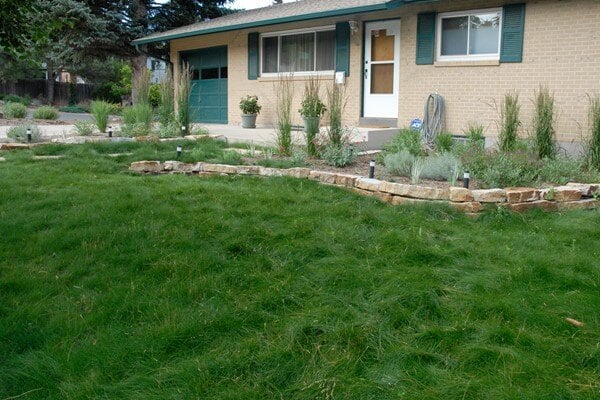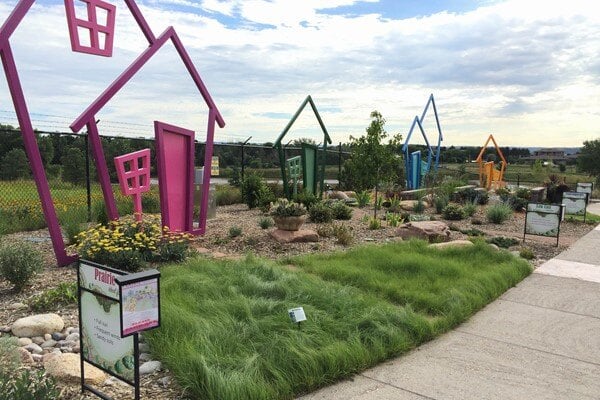White Dalmatian Iris
White dalmatian iris is a perennial flower grown for its white and green striped leaves. Its long, linear leaves are vertically striped with cream colored bands.
In early summer, sturdy branched stems carry large, grape-scented, blue to purple flowers. White dalmatian iris is somewhat less vigorous than yellow dalmatian iris.
.jpg)
.jpg)
.jpg)
.jpg)
.jpg)
.jpg)
.jpg)
.jpg)
.jpg)
White Dalmatian Iris
White dalmatian iris is a perennial flower grown for its white and green striped leaves. Its long, linear leaves are vertically striped with cream colored bands.
In early summer, sturdy branched stems carry large, grape-scented, blue to purple flowers. White dalmatian iris is somewhat less vigorous than yellow dalmatian iris.
Plant details
Botanic Name
Iris pallida 'Argentea Variegata'
Pronunciation
EYE-ris PAL-lid-duh
Mature Height
2 to 3 ft.
Mature Spread
12 to 18 in.
Water usage
One Droplet: Water twice per month or less, once established.
Two Droplets: Water about once per week, once established.
Three Droplets: Water about twice per week, once established.
Flower Color
pale lavender-blue
Bloom time
early summer
Colorado Native
No
Natural Habitat
southern Europe
Light Requirements
partial shade or partial sun to full sun
Cold Hardiness
USDA zones 5-9
Elevation Limit
hardy to 6,500 ft.
Performance
White variegated iris was planted in two different locations at the Water Wise Demonstration Garden in 2014. The upright habit and striped leaves are quite striking in the garden, making a good focal point.
Maintenance
Cut last year's leaves to ground level in spring. After bloom, trim flower stalk as far down as possible without damaging the leaves.
Divide every few years in August.
See in a landscape
This corner lot was almost all Kentucky bluegrass before getting a xeric renovation that added water savings and design. The bluegrass was removed and replaced by stone retaining walls that showcase small xeric shrubs, ornamental grasses and flowering perennials. The bluegrass was replaced with a sheep fescue lawn that is mowed only once a year for a native look. Mowing this grass less frequently helps it use even less water by shading the ground and eliminating evaporation loss from cut grass blades. The large medians of this corner lot were re-landscaped to eliminate the bluegrass and add gravel blocks alternating with simple shrub planting beds with drip irrigation. The simple design of this renovation adds Colorado style while decreasing the water and maintenance that bluegrass requires.


.jpeg)
.jpeg)
.jpeg)
.jpeg)
.jpeg)
.jpeg)
.jpeg)
.jpeg)
.jpeg)
.jpeg)